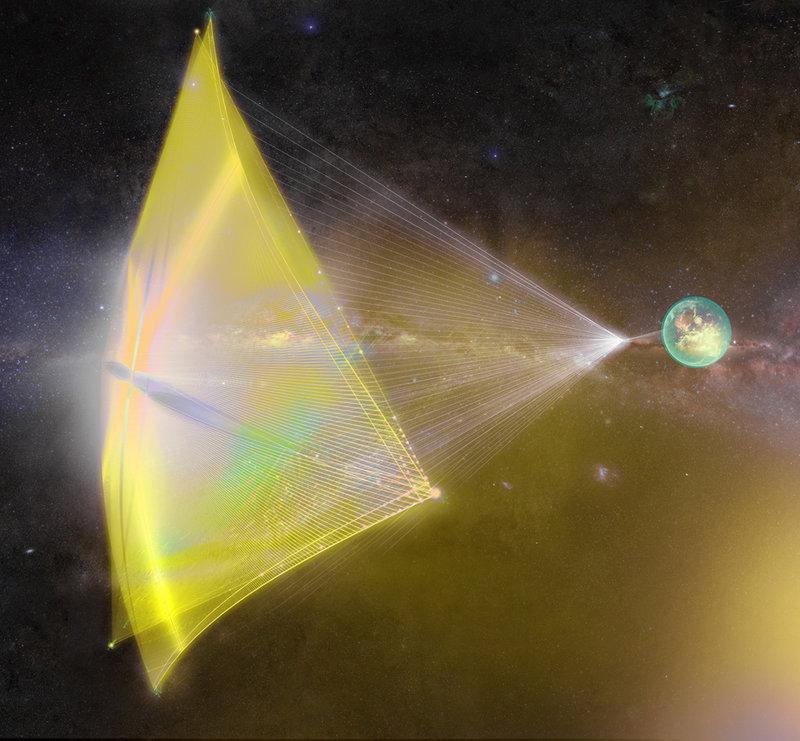Breakthrough Starshot
April 29, 2016
Just a few short weeks ago, the future became a little bit closer with the announcement of Breakthrough Starshot.
Breakthrough Starshot is an effort to reach the closest star system, Alpha Centauri, within a few decades. However, humans are not the ones who will be sent to this system. Nor will it be rockets, robots or rovers. Instead, nano-spacecraft, called “Starchips,” will be sent to our neighbors across the galaxy, and here’s how.
The Starchip, which is the size of a postage stamp, will be connected to an incredibly thin, lightweight sail, and launched into space by a multitude of powerful lasers stationed on Earth. The Starchip will not only include a battery and a camera, but also a communication and navigation system. This way, once the Starchip reaches Alpha Centauri, it can beam back pictures of the system to Earth.
“[We hope to receive] images of a planet (preferably habitable) outside the solar system,” said Avi Loeb, professor at Harvard University and Chair of the Breakthrough Starshot Advisory Committee. “But along the way we might image many other objects of interest, like asteroids or search for the fingerprints of life in the plumes of Enceladus.”
The Alpha Centauri star system is 4.37 light years away, which would take 100 years to reach, going as fast as possible in a normal spacecraft (13,411 km/sec). However, the unique aspect of Breakthrough Starshot is not the Starchip itself, but how long it will take the Starchip to reach Alpha Centauri.
“These ultra lightweight vehicles would end up shooting through [Alpha Centauri] with a velocity of some 20% of the speed of light – a mind boggling 134 million miles per hour,” said Caleb Scharf, Director of Astrobiology at Columbia University, in a Scientific American article. At this rate, Breakthrough Starshot will reach Alpha Centauri in twenty years.
A few risks have posed themselves in light of the plans, and various technologies are yet to be invented. “The biggest risks involve the sail and communication of the images back to Earth from great distances,” said Loeb. The Breakthrough Starshot committee posted the problems on their website for the public to propose possible solutions.
Breakthrough Starshot may seem like an idea of the future, but it is not as far away as thought to be. It is going to be a reality within “2-3 decades,” according to Loeb. Who knows, in the next several decades, Earth could accomplish its long awaited dream: finding life on other worlds.








